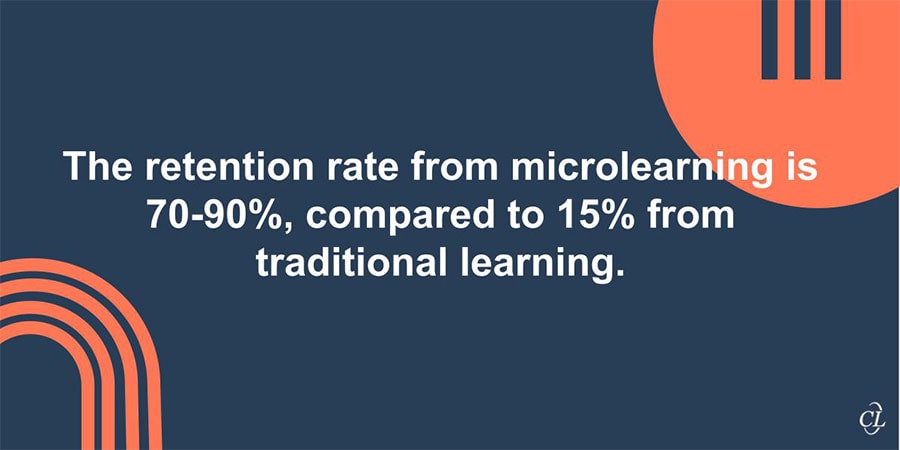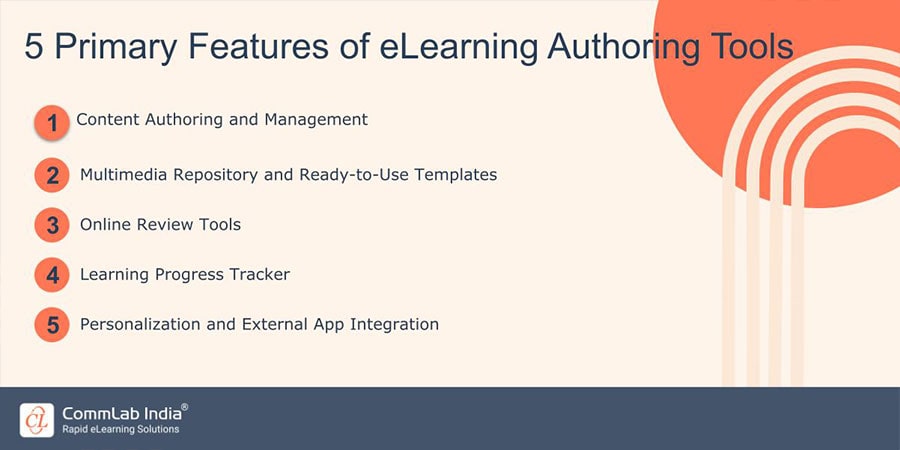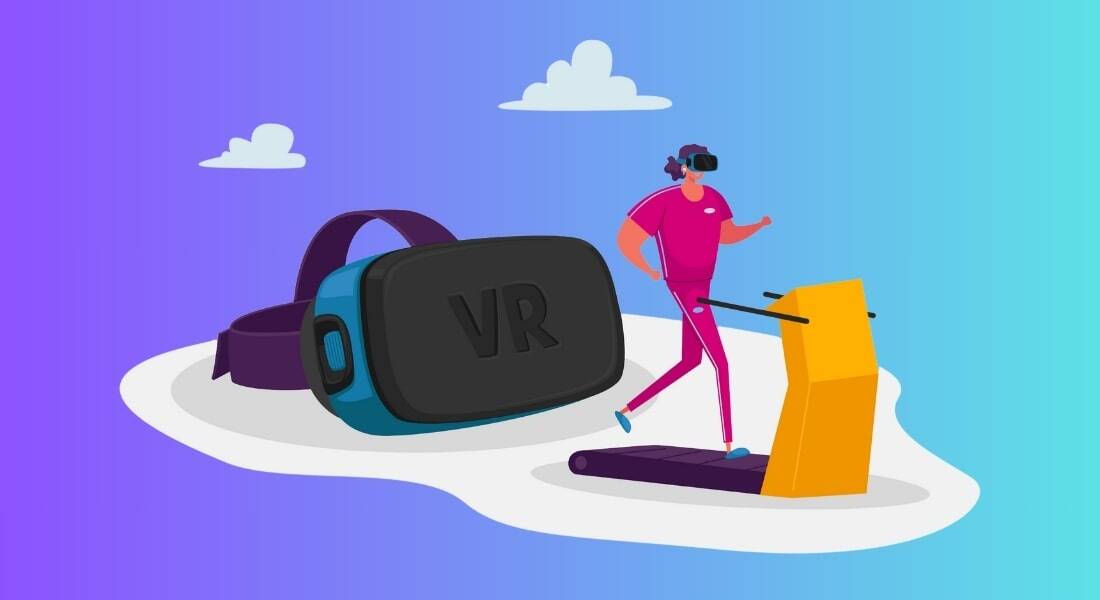The Art of Bite-Sized Learning: Tools, Tips, and Winning Strategies

Bite-sized learning, also known as microlearning, is an approach to training that involves delivering content in small, easily digestible chunks. These chunks can take various forms, including short videos, quizzes, infographics, and interactive modules. The primary aim of microlearning is to provide learners with focused, relevant information that can be consumed quickly and efficiently. This method not only saves time but also enhances retention and engagement. This blog will help you explore various tools, tips, and strategies to start implementing bite-sized learning.
Bite-Sized Learning Can Effectively Transform Your Training!
Here are a few crucial tools that help with its implementation -
- Learning management systems
- eLearning authoring tools
- Video platforms
- Social media
Read on to check out various tips and strategies to implement bite-sized learning.
The Significance of Bite-Sized Learning in the Modern Training Landscape
In our digital age, where information is constantly at our fingertips, traditional long-form learning approaches often struggle to capture and maintain learners' attention. Bite-sized learning is a response to this challenge, and its significance is underscored by several key factors:
- Engagement: Microlearning's shorter, focused content keeps learners engaged and motivated. They can complete lessons during short breaks or downtime, making learning a seamless part of their daily routine.
- Retention: Research indicates that people tend to remember information better when it is delivered in smaller, more manageable portions. Microlearning maximizes knowledge retention.

- Accessibility: With the rise of smartphones and mobile devices, learners can access microlearning content wherever and whenever they want. This accessibility supports a culture of continuous learning.
- Personalization: Microlearning allows for personalized learning experiences. Learners can choose the topics and content that are most relevant to their roles, which increases the relevance and effectiveness of the training.
- Cost-Effective: Organizations can develop and deliver microlearning content more cost-effectively compared to traditional training methods, which often involve significant time and resource investments.
→ Download Infographic Now: Microlearning to Skyrocket Your Corporate Training Initiatives
Tools for Implementing Bite-Sized Learning
1. Learning Management System (LMS): Learning management systems are at the core of microlearning implementation. They enable you to organize, deliver, and track microlearning content. Some popular LMS options include:
- Moodle: An open-source LMS known for its flexibility and customization.
- Canvas: A widely used LMS in the education sector, known for its user-friendly interface.
- LearnDash: A WordPress-based LMS with a focus on creating and selling online courses.
2. eLearning Authoring Tools: To create engaging bite-sized content, you'll need various eLearning authoring tools, including:
- Adobe Captivate: A powerful eLearning authoring tool that allows you to create interactive microlearning modules.
- Articulate Storyline: Known for its user-friendly interface and versatile features for creating interactive eLearning content.
- Camtasia: A screen recording and video editing tool that's excellent for creating short video lessons.

3. Video Platforms: Video is a highly effective medium for microlearning content. Consider using video platforms like:
- YouTube: A popular platform for hosting and sharing video lessons. It offers built-in analytics and accessibility features.
- Vimeo: Known for its high-quality video hosting and customization options.
- Panopto: A specialized video platform designed for businesses, with features like video search and analytics.
4. Social Media: Social media platforms can be leveraged for informal microlearning. Platforms like:
- Instagram: Ideal for sharing short, visually appealing lessons and tips.
- TikTok: Known for its short video format, making it suitable for quick learning content.
- LinkedIn: A professional network where you can share bite-sized career development and industry-specific insights.
Tips for Creating Effective Bite-Sized Learning Content
1. Defining Clear Learning Objectives
The key to successful microlearning is to start with well-defined learning objectives. Before creating any bite-sized content, identify what you want your learners to know or be able to do after completing each lesson. Clear objectives ensure that your content remains focused and purposeful. These objectives serve as the foundation upon which you'll build your microlearning modules.
2. Designing for Mobile Accessibility
In a world where mobile devices are ubiquitous, it's crucial to ensure that your microlearning content is accessible on smartphones and tablets. Use responsive design to adapt your content to different screen sizes and orientations. Test your content on various devices to make sure it's user-friendly and functional.
3. Frequent Content Delivery and Updates
To keep learners engaged and encourage continuous learning, provide regular, bite-sized content updates. A consistent schedule can help learners incorporate learning into their routines. Additionally, make updates to your content as needed. This ensures that your material remains current and relevant.
4. Incorporating Feedback and Assessments
Include quizzes, polls, or quick knowledge checks in your microlearning modules. These assessments not only help learners gauge their understanding but also provide immediate feedback. Assessments are valuable for reinforcing learning and identifying areas where additional support may be required.
5. Gamification and Its Role in Microlearning
Gamification is a powerful tool for making microlearning more enjoyable and motivating. You can add elements such as leaderboards, badges, points, or even mini-games to your content. Gamification fosters competition and a sense of accomplishment, which can enhance the learning experience.
Strategies for Successful Implementation
1. Using Analytics and Feedback to Improve Content
Leverage analytics to track learner progress and engagement with your microlearning content. Analyze data on completion rates, quiz scores, and feedback from learners. Use this information to identify areas where content can be improved, expanded, or updated. Data-driven decision-making is a cornerstone of successful microlearning implementation.
2. Encouraging Collaboration and Social Learning
Encourage social learning and collaboration among your learners. Implement discussion forums or chat features that enable learners to interact, ask questions, and share their insights. Peer-to-peer learning and interaction can enhance the learning experience and provide additional perspectives.
3. Personalization and How It Enhances the Learning Experience
Consider using learner data to personalize microlearning content. For example, recommend specific lessons or modules based on a learner's role, interests, or performance. Personalization makes the learning experience more relevant and engaging for each individual.
4. The Importance of Piloting and Iterative Improvements
When implementing microlearning, start with a pilot program to test your approach with a smaller group of learners. Gather feedback from participants and make necessary adjustments based on their input. Continuous improvement is key to the long-term success of your microlearning initiative.
Wrapping Up!
In conclusion, bite-sized learning, or microlearning, is a powerful approach to education and training that leverages short, focused content to engage learners and deliver knowledge effectively. It offers a range of benefits for both learners and organizations, making it a valuable addition to modern learning strategies. By following the tools, tips, and strategies outlined in this blog post, you can harness the power of microlearning to create engaging, efficient, and effective learning experiences. Meanwhile, here’s a free infographic to keep as a just-in-time knowledge asset. Check it out now!


![Microlearning — How to Leverage it for Macro Results [Infographic]](https://no-cache.hubspot.com/cta/default/59327/16407642-6662-4ba8-882c-72f2b0b9f493.png)


